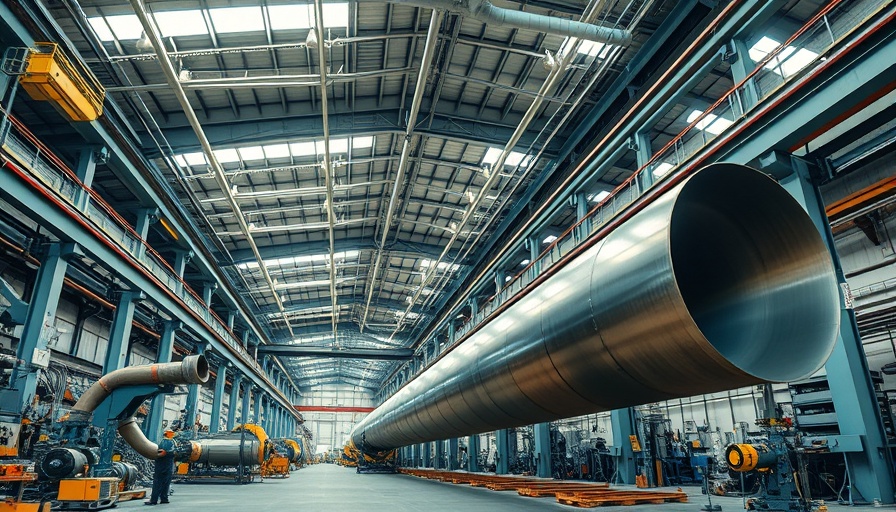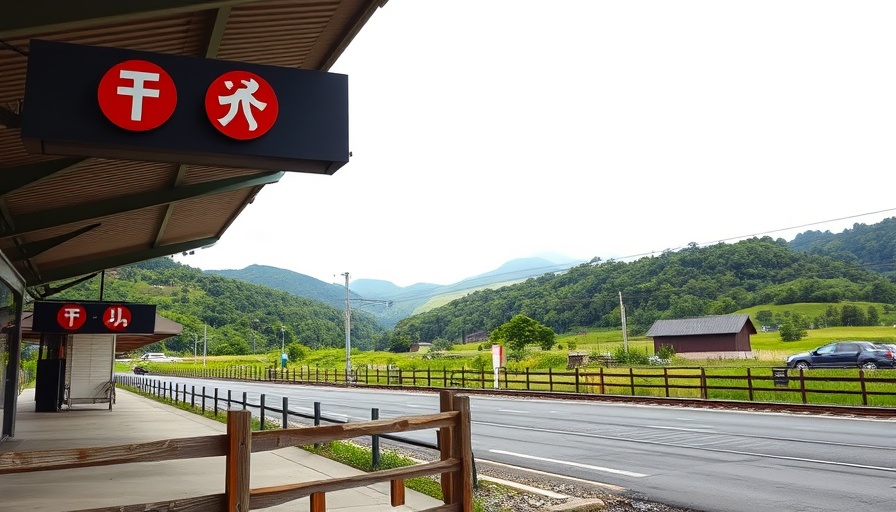
The Changing Landscape of Construction Under Trump
The construction industry is undergoing significant changes as the Trump administration updates federal policies, leaving stakeholders navigating uncertain waters. Many contractors and developers are excited by new opportunities across various sectors, but with these emerging prospects also come potential setbacks. Some areas, like data centers and infrastructure, appear ready to thrive, while clean energy projects—especially wind and solar—might struggle to keep pace. Understanding these shifts can help professionals strategize their next steps.
Understanding the Wind and Solar Energy Struggles
With the Unleashing American Energy order, Trump aims to brush new winds into traditional energy landscapes. However, this initiative notably excludes the booming solar and wind sectors, which currently contribute around 14% of the nation’s energy supply. Trump's past criticisms of wind energy are well-documented, framing an uphill battle for these projects. For instance, the implementation of a standalone executive order halting new leases for offshore and onshore wind developments demonstrates this administration's skeptical stance towards renewable energy.
Implications for Existing Clean Energy Projects
Another pressing concern revolves around the implications for investments already made in clean energy infrastructures. With ongoing reviews by federal agencies, prior permits may become enshrouded in uncertainty. Take the Lava Ridge Wind project in Idaho, a massive intended investment covering 100,000 acres; its future is now jeopardized due to the new executive order. This ambiguity creates anxiety among investors, threatening to impede funding that could benefit already approved projects.
Analyzing Broader Infrastructure Developments
While clean energy faces challenges, other construction sectors seem poised to benefit. An uptick in demand for infrastructure projects can be attributed to the administration's renewed focus on modernizing roads, bridges, and other essential transport networks. Under Trump's directives, private contractors may find a surge in opportunities to fill infrastructure gaps, potentially leading to job creation and economic uplift in those segments.
Learning from Other Industries’ Experiences
Similar shifts have been observed in various sectors. For instance, during past administrations, changes in policy have reverberated throughout the construction landscape. The renewable energy sector often sees immediate spikes during favorable policy changes but struggles during regulatory retreats. This cyclical nature suggests a necessity for businesses to remain agile and adaptable in confronting political shifts that can alter industry dynamics.
Future Outlook for Sustainable Projects
While the current political climate raises concerns for clean energy sectors, the long-term future for sustainable projects is not solely dependent on presidential mandates. External factors—including technological advancements and a growing public demand for cleaner energy—may still propel growth in these areas, allowing companies to innovate. With appropriate adaptations, firms might transform challenges into opportunities by seeking alternative sources of funding, alliances, or even local initiatives that prioritize sustainability despite federal limitations.
Conclusion: Staying Informed and Proactive
The changing landscape of the construction industry under the Trump administration underscores the importance of staying informed. As contractors, developers, and workers assess their own strategies and adapt to these shifts, understanding and preparing for the implications is essential. By cultivating agility and proactivity, the industry may navigate uncertainties with resilience and foresight. No sector is immune to political winds, but knowledge and strategy can create solid ground amidst shifting landscapes.
 Add Row
Add Row  Add
Add 




Write A Comment